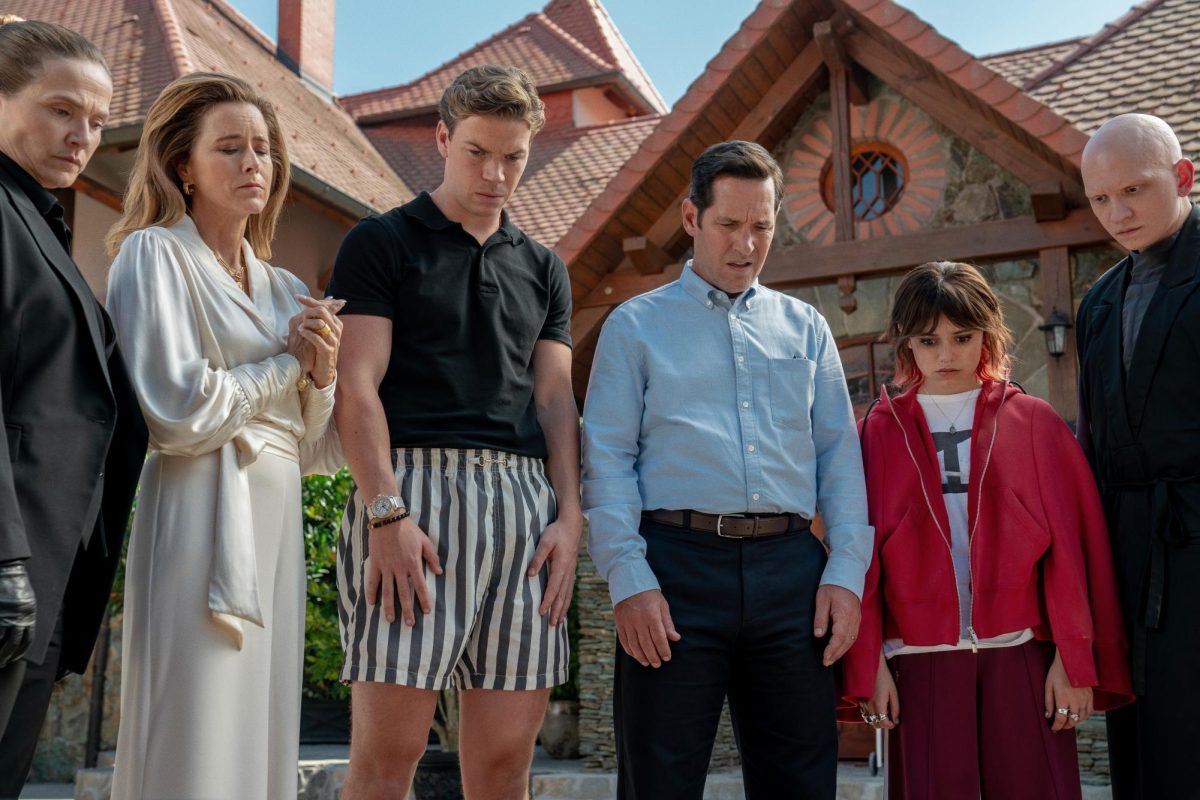
It might seem difficult to stretch 208 seconds into a full-length movie, but Clint Eastwood did just that without leaving audiences begging for the closing credits to roll.
Before delving into my own review, allow me to sum up what everyone else is saying about the film because frankly everyone seems to have their own opinions.
, film critic for the New York Times, wrote a review largely focusing on the choices made behind the scenes that made the movie so much better on the screen.
“Mr. Eastwood, working with his longtime director of photography Tom Stern, shot most of ‘Sully’ using large-format digital cameras, and so everything on a really big screen is really big, Mr. Hanks’s head included.”
Although it might be thought-provoking to consider how the movie was made, it seems much more interesting to know whether or not the end product met the expectations of the audience.
With a $35.5M opening weekend, audiences are definitely seeing the movie in droves. But with any film based on an autobiography, there are those who say the movie is one-sided and doesn’t actually portray the facts. Much of the film centers around painting the National Transportation Safety Board as the bad guys, which has resulted in backlash from the members of NTSB who oversaw the water landing of Flight 1549.
“We’re not the KGB. We’re not the Gestapo,” Robert Benzon, who led the NTSB’s investigation, said in an AP article. “We’re the guys with the white hats on.”
With that, let me give you my two cents. “Sully” is strictly portrayed from the eyes of Chesley Sullenberger, played by Tom Hanks, and I believe that Eastwood does this on purpose. Eastwood has an agenda he wants to get out, evidenced from his more recent movies, that government organizations have over step their bounds resulting in the victimization of our heroes.
If Eastwood would have told the story as it happened from every point of view, then he couldn’t have advanced his personal agenda, so what does he do? He takes a book written from one man’s perspective and attempts to rewrite history.
With this knowledge, the movie can still be viewed as mere entertainment but far from a nod to our heroes. When viewed strictly from the eyes of Sully, Eastwood paints a good-guy bad-guy scenario and leaves the audience routing for the hero. The movie focuses so little on the actual water landing and much more on the life of Sully after the incidence that a little Hollywoodified magic doesn’t hurt the entertainment value.
Coincidental or not, the timing of the release seemed to have magic of its own. A film about an emergency plane landing released on 9/11 weekend might be in poor taste, even if it wasn’t planned that way.
“Sully” is rated PG-13 for some peril and brief strong language.













